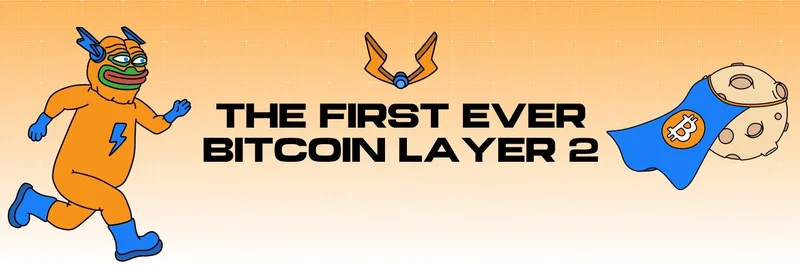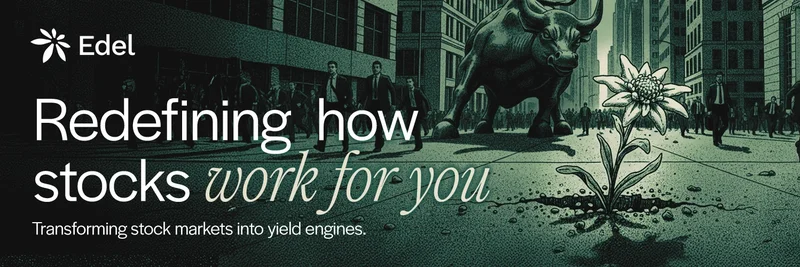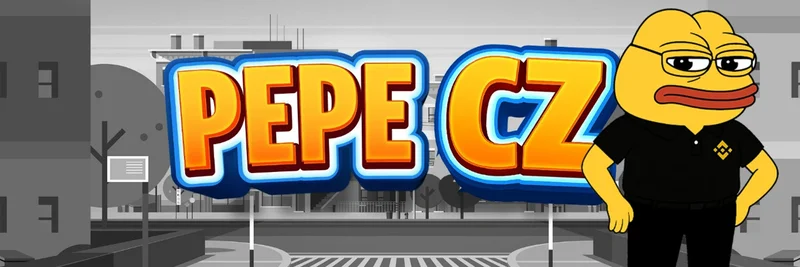In a recent episode of the "When Shift Happens" podcast, host Kevin from @KevinWSHPod sat down with Paul Faecks, the founder and CEO of Plasma Foundation. They unpacked everything from the wild ride of launching a billion-dollar project to why stablecoins could be the game-changer for global finance. If you're into crypto, blockchain tech, or just curious about how money is evolving, this chat is packed with insights.
The Heart-Pounding Launch Moment
Picture this: It's a chilly February afternoon in London, and Plasma is about to open its doors for deposits. In just 90 seconds, a whopping $1 billion floods in. Sounds like a dream, right? For Paul (better known as @pauliepunt), it was more like a nightmare of stress. He shared, "At 1:58 p.m., I was probably the most stressed I’ve been in my entire life." Why? Because in crypto, anything can go wrong—hacks on the front end, smart contract exploits, you name it.
What made this launch stand out? No fancy private deals or pre-commitments. It was all organic, and it shattered records. But even after the money rolled in, the paranoia didn't stop. Paul talked about obsessing over ledgers and multisig setups (that's multi-signature wallets, where multiple keys are needed to approve transactions for extra security). It's a reminder that building in crypto isn't just about tech—it's about handling massive responsibility under pressure.
From Poker Tables to Blockchain Builds
Paul's story didn't start in boardrooms. He was a pro poker player first, where he honed skills in dealing with uncertainty. "Poker teaches you to make the right decision even when randomness means you sometimes lose," he explained. Instead of jumping into traditional finance like hedge funds or high-frequency trading (HFT), he craved independence.
That led him to co-found Alloy, a B2B crypto infrastructure firm. It gave him a taste of merging crypto with old-school finance—think endless compliance checks and corporate red tape. Alloy got acquired, which Paul called "fine, but not incredible." The experience pushed him deeper into crypto's wild side, setting the stage for Plasma.
Why Stablecoins Are Crypto's Killer App
Paul doesn't mince words: Stablecoins are the crown jewel of crypto. These are digital currencies pegged to stable assets like the US dollar, making them reliable for everyday use unlike volatile coins like Bitcoin. "The number one use for blockchains is to move value globally and efficiently," he said. From Tether (USDT) handling exchange liquidity to Circle's USDC, stablecoins are already at $250 billion in circulation. Paul predicts they'll hit $1 trillion soon, revolutionizing cross-border payments.
But challenges persist. High fees on networks like Tron can make small transfers pricey, and big players like Stripe are just warming up to stablecoin settlements. Still, the potential for efficient, global money movement is huge—think sending cash across borders without banks taking a cut.
Plasma: Built for Stablecoins, Nothing Else
Unlike general-purpose blockchains like Ethereum or Solana, Plasma is laser-focused on stablecoins. This lets them optimize everything—from architecture to liquidity. It's permissionless (anyone can run a validator node), EVM-compatible (easy for devs to build on, since it works with Ethereum's virtual machine), and even offers gasless USDT transfers. That means near-free payments without spam risks, thanks to a clever split-block design.
Paul emphasized that Plasma isn't just the "Tether chain," but aligning with USDT makes sense—it's the most used stablecoin out there. Ultimately, success boils down to execution: "Crypto is an execution game. You need to be very good at executing." Hype is nice, but real usage comes from building products people actually want.
Navigating Risks in a High-Stakes World
With great funding comes great scrutiny. Security threats and regulatory changes loom large, but Paul sees them as part of the gig. Over 2,200 wallets joined Plasma's raise, ensuring broad distribution instead of whale dominance (whales are big holders who can sway markets). The key? Focus on long-term value over short-term buzz.
The Road Ahead for Crypto and Money
Paul's journey—from poker to Plasma—highlights the grit needed in crypto. He's betting big on stablecoins to win global settlement, re-engineering how we handle money. For blockchain enthusiasts, it's a call to narrow your focus and deliver.
If this sparks your interest, check out the full episode on YouTube or your go-to podcast app. And for more on meme tokens, stablecoins, and crypto trends, stick around at Meme Insider—we're your hub for the latest in blockchain knowledge.




